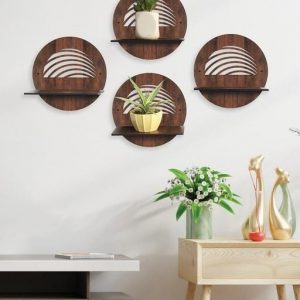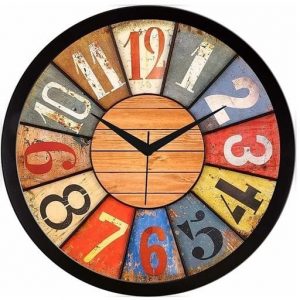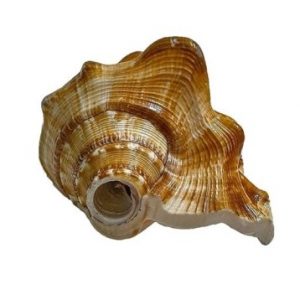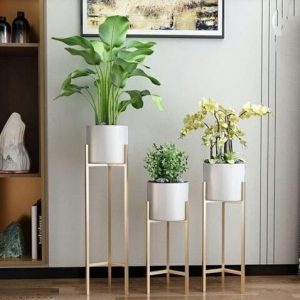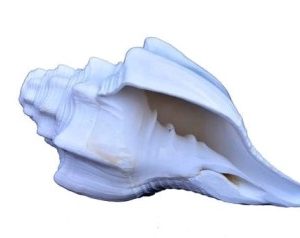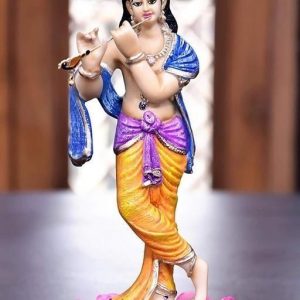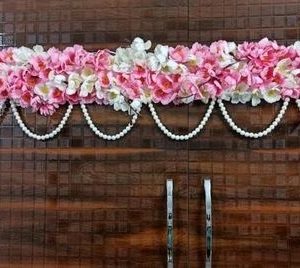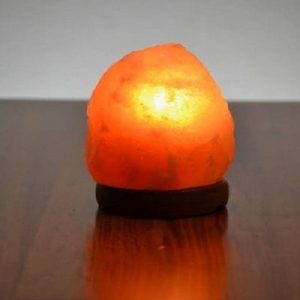Buddha statues are not just mere sculptures; they hold deep symbolic significance within Buddhist art and culture. These serene figures depict various mudras (hand gestures) and postures, each representing different aspects of the Buddha’s life and teachings. In this article, we will delve into the meanings behind some of the most common Buddha statue positions, shedding light on their historical and spiritual significance.
1) Buddha in the “Bhumisparsha Mudra” (Earth-Touching Gesture)
One of the most iconic Buddha statue positions is the Bhumisparsha Mudra, also known as the “Earth-Touching Gesture.” In this posture, the Buddha is depicted with his right hand touching the ground while seated in meditation. This gesture symbolizes the moment of enlightenment when the Buddha attained nirvana, overcoming the temptations and distractions thrown by Mara, the demon of desire. It signifies his victory over ignorance and the earth bearing witness to his enlightenment.
2) Buddha in the “Dhyana Mudra” (Meditation Gesture)
The Dhyana Mudra portrays the Buddha in a seated meditation position with both hands resting on his lap, right hand over the left, and thumbs gently touching. This mudra signifies deep concentration, inner peace, and spiritual reflection. It is a reminder of the Buddha’s teachings on mindfulness and the path to achieving enlightenment through meditation.
3) Buddha in the “Abhaya Mudra” (Fearlessness Gesture)
The Abhaya Mudra is a gesture of fearlessness and protection. In this posture, the right hand is raised with the palm facing outward. It represents the Buddha’s assurance to his followers that they need not fear anything as long as they walk the path of righteousness. It is also associated with the Buddha’s act of taming a rampaging elephant, emphasizing his compassionate and calming nature.
4) Buddha in the “Vitarka Mudra” (Teaching Gesture)
The Vitarka Mudra shows the Buddha with his right hand raised, thumb and index finger touching to form a circle, while the other fingers are extended upwards. This gesture symbolizes the transmission of knowledge, teaching, and discussion of the Dharma (the Buddha’s teachings). It represents the turning of the wheel of Dharma, signifying the Buddha’s first sermon after attaining enlightenment.
5) Buddha in the “Varada Mudra” (Boon-Giving Gesture)
The Varada Mudra depicts the Buddha with his left hand extended downward, palm facing outward. This gesture symbolizes giving and compassion, reflecting the Buddha’s nature as the ultimate giver of blessings, wisdom, and enlightenment. It is a gesture of charity, forgiveness, and the act of bestowing grace upon his devotees.
6) Buddha in the “Nirvana Mudra” (Reclining Gesture)
The reclining position of the Buddha in the Nirvana Mudra symbolizes the event of his Mahaparinirvana, the final passing away. The serene and peaceful expression on the Buddha’s face represents his complete liberation from the cycle of birth, death, and rebirth (samsara). It serves as a reminder to his followers that death is a natural part of life and that through enlightenment, one can transcend the suffering associated with worldly existence.
Conclusion
Buddha statues hold immense spiritual and cultural significance, with each position conveying a unique message related to the life and teachings of Siddhartha Gautama, the historical Buddha. Whether it’s the Earth-Touching Gesture, the Meditation Gesture, the Fearlessness Gesture, the Boon-Giving Gesture, or the Teaching Gesture, every mudra embodies a profound aspect of the Buddha’s journey towards enlightenment and his teachings to alleviate suffering.
When observing these statues, it is essential to understand the symbolism behind each position, as it deepens our appreciation for the wisdom and compassion encapsulated in the teachings of Buddhism. The Buddha’s legacy continues to inspire and guide millions worldwide, making these statues not just artistic marvels but also spiritual beacons of enlightenment and compassion.

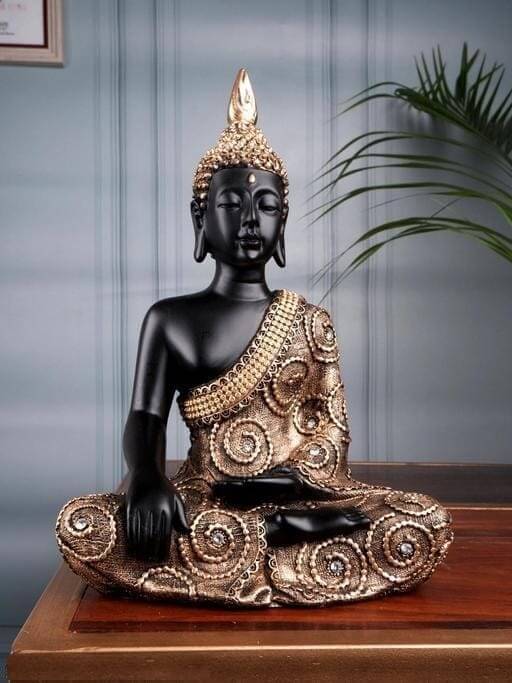




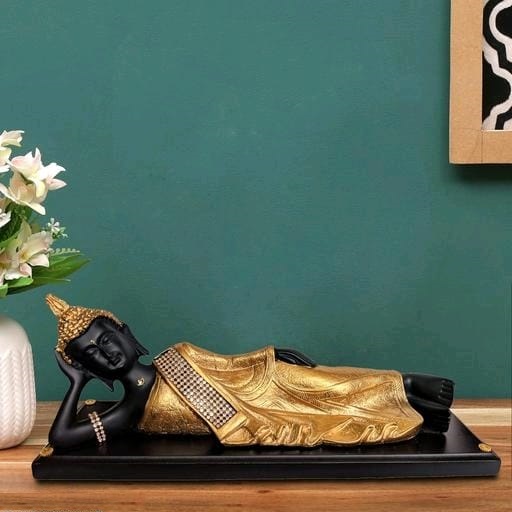


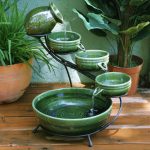
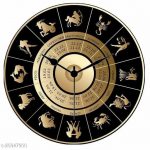 4. Piece of Time: There is one thing in home and workspace which we notice ordinarily times. That is a wall clock or called “Piece of Time”. A cool and creative wall clock gives us generally vitality of doing the correct things on correct time. Time is very important in everyone’s life. Furthermore, you consider an attractive and trendy wall clock gives a different look on your wall. Except South direction, every wall is a decent spot for wall clock.
4. Piece of Time: There is one thing in home and workspace which we notice ordinarily times. That is a wall clock or called “Piece of Time”. A cool and creative wall clock gives us generally vitality of doing the correct things on correct time. Time is very important in everyone’s life. Furthermore, you consider an attractive and trendy wall clock gives a different look on your wall. Except South direction, every wall is a decent spot for wall clock.  when you were feeling free, pressure less or anyone who is exceptionally near your heart. It can be any loved one’s portrait, family picture, your kids or pet’s picture in a suitable photo frame. It also depicts your priorities in your life.
when you were feeling free, pressure less or anyone who is exceptionally near your heart. It can be any loved one’s portrait, family picture, your kids or pet’s picture in a suitable photo frame. It also depicts your priorities in your life.

